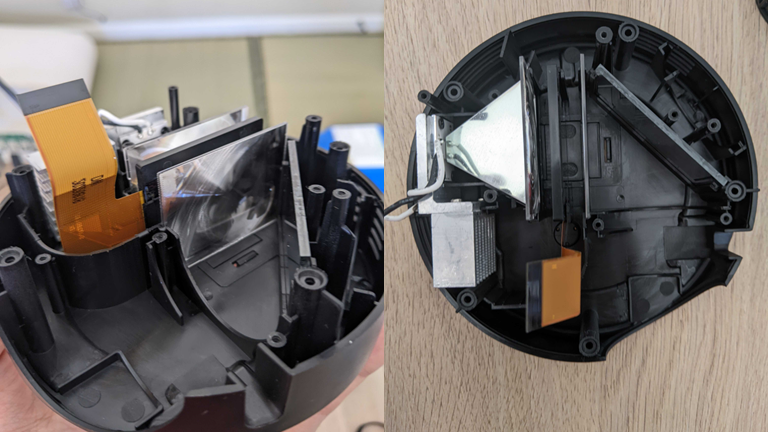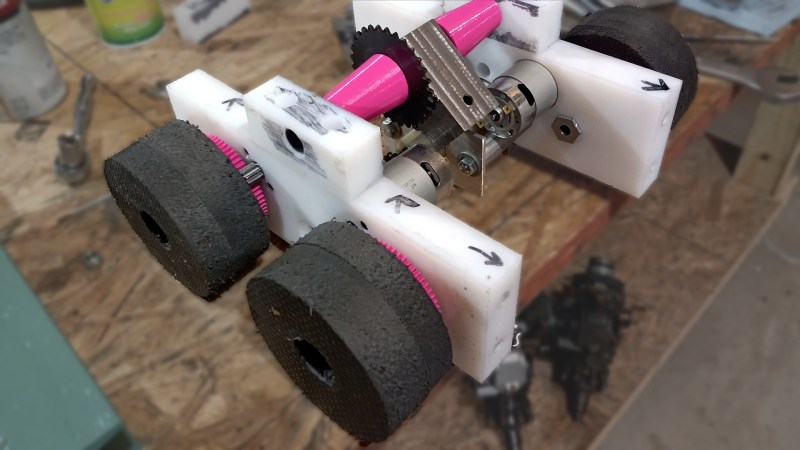Your Battery Holder Is Also Your Power Switch With ToggleSlot

We really like PCB-level hacks, especially ones that show ingenuity in solving a real problem while being super cheap to implement. Hackaday.IO user [Steph] wanted a cheap way to switch …read more Continue reading Your Battery Holder Is Also Your Power Switch With ToggleSlot



